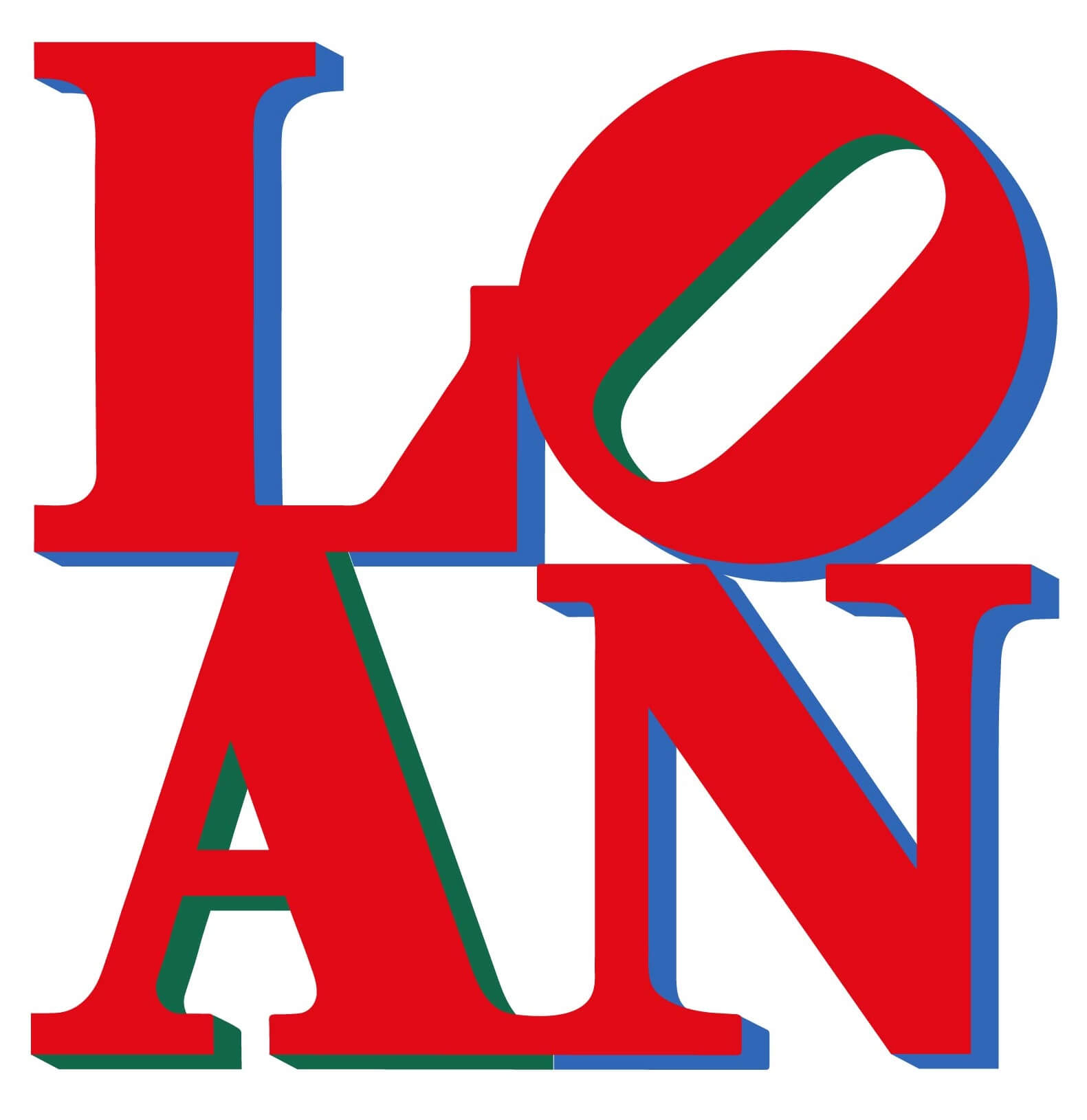Home Loan Basics
*** This info is for financial literacy purposes only and not connected to any business ***
There are often exceptions, and work arounds, but below are some usual requirements:
- Two years documented income history (self-employment OK but it can’t be cash under table) *
- Total monthly debt obligations including your prospective mortgage payment less than 43% max. (debt-to-income ratio) for FHA and 36% for Conventional.
- Total monthly housing obligations (principal, interest, taxes, insurance, and hoa dues) less than 31% of income (housing expense ratio) for FHA and 28% for Conventional.
- 3% of purchase price cash down payment (gift funds are ok, borrowing this money is not) with min credit score 580, and 10% of purchase price cash down payment with min credit score 500 for FHA, and 620-680 minimum credit score for Conventional.
- Two years since Chapter 7 bankruptcy or one year since Chapter 13 bankruptcy
* Sometimes one year if it is W-2 income, but that is for Conventional loans which have higher credit score criteria than shown above.
You basically need a good job or business income history for two years demonstrating that you earn 2.32 times (pre-tax) of what will be your housing expense (principal, interest, taxes, insurance, and hoa dues) and outside debt obligations (car payments, credit card minimums, installment plans, other consumer credit, student loan payments, and child support / alimony) for FHA.
Even if you have no outside debts (mazel tov), you will still be maxed at a housing expense to income ratio of 31% max. You need to earn 3.22 times (pre-tax) what your housing expense will be for FHA.
These ratios are 3.57x housing expense and 2.77x total debt to income ratio for Conventional. The criteria is for FHA loans which are less stringent, and there is higher criteria for the more popular Conventional loan programs. Borrowers who meet the more stringent criteria usually opt for Conventional over FHA. FHA is a good solution for borrowers with 2 years income history, where their credit score or debt to income ratios are marginal.
If your income is not up to par to afford a modestly priced home you like in your market, then the best thing you can do for yourself is to try to grow professionally, try to move up incrementally in income, and keep it up over the next two years. The two years part is tough because it is easier to land a position or make more money for a few months than it is to keep it up consistently for two whole years. Life might not let you, but you can try and plan and take steps. Win or not, it still takes time. You are the American dream and I believe in you. I wish you success in getting your income up and keeping it there for a couple years, so you can qualify for a home mortgage on a home that you like.
The other thing you can do if your income does not support your initial budget, is to consider more modestly priced homes. Maybe there are some fixer uppers that are livable, or homes in a nearby town or neighborhood that are less expensive. This is also a potential solution for borrowers with child support / alimony or big student loans, which can end up throwing off their debt-to-income ratio.
Be careful buying vehicles and other items on installment plans if you intend to get a mortgage, and you are potentially exceeding debt-to-income ratio limits. If you already have zero or low monthly debt obligations, then that $500 car payment might not push you past debt-to-income ratio limits.
The above represents some, but not all, of the minimum qualifications for an FHA 203b mortgage. FHA loans have an up front mortgage insurance premium of 1.75% of the loan amount and annual premium of 0.4-0.7% of the loan amount paid for at least 11 years.
There are sometimes public and non-profit down payment assistance programs available. VA offers 0% down mortgages to qualified veterans. USDA offers 0% down mortgages in qualified rural areas.
FHA is a government program so it is more “We the People” in terms of access compared to conventional mortgages which are sold on the bond market and held by banks and have more stringent criteria in order to conform. Criteria for conventional mortgages is usually similar to home mortgage criteria for banks (see next section).




